What They All Imply (With Photos)

[ad_1]
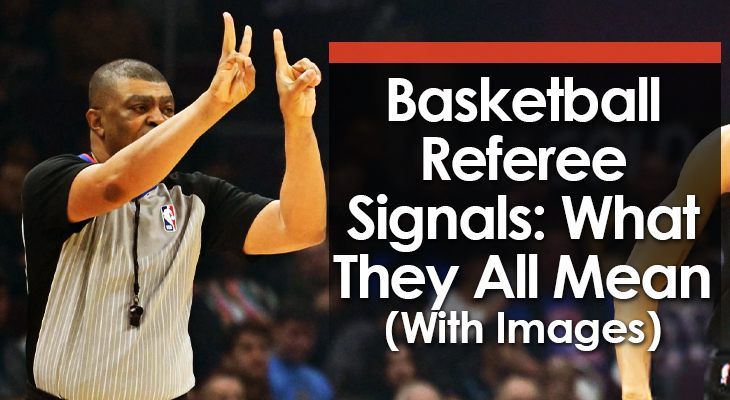
Referees play a big position in a basketball sport.
Basketball referee alerts assist to inform the group, scorer’s desk, coaches, and gamers what is going on on the ground.
However watching the sport may get complicated in the event you don’t know what the referee alerts imply.
On this publish, we check out the entire completely different alerts referees make all through a basketball sport and clarify what they imply.
25 Basketball Referee Indicators
Violation Indicators:
When a violation happens, you’ll at all times hear the referee blow their whistle and lift an open hand within the air earlier than signalling the violation.
The open hand within the air alerts a useless ball.
The referee then provides their sign, after which the ball is taken out of bounds to renew play.
1. Touring
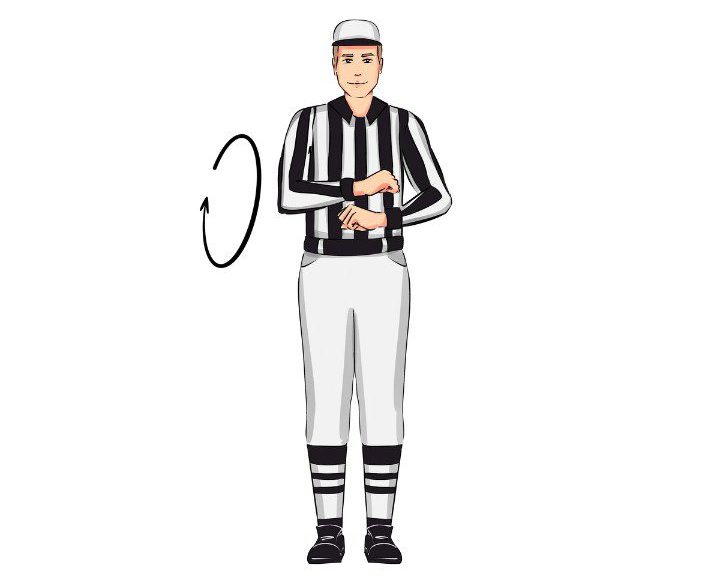
When a participant illegally strikes one or each of their toes, a touring violation is named.
The referee will put each arms in entrance of their face and transfer them in a circle to sign a touring.
2. Double Dribble
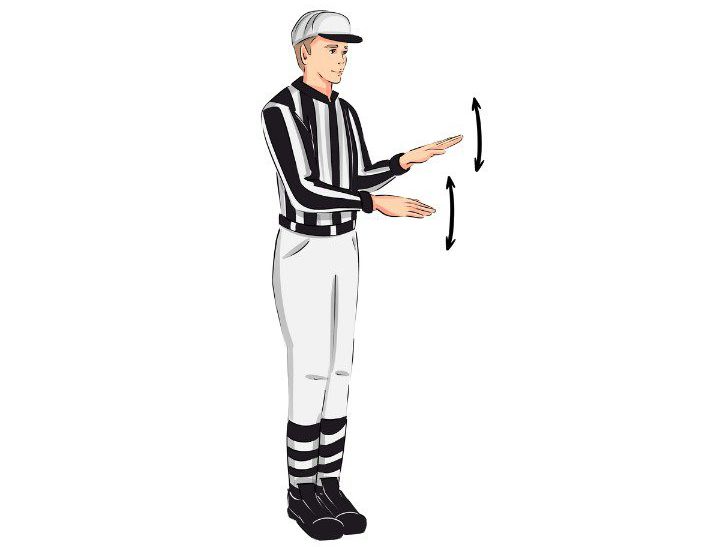
A double dribble happens when a participant dribbles the ball, picks it up, after which dribbles once more.
The referee places each of their palms in entrance of them with their palms down, then alternates shifting them up and all the way down to sign a double dribble has occurred.
3. Carrying the Basketball
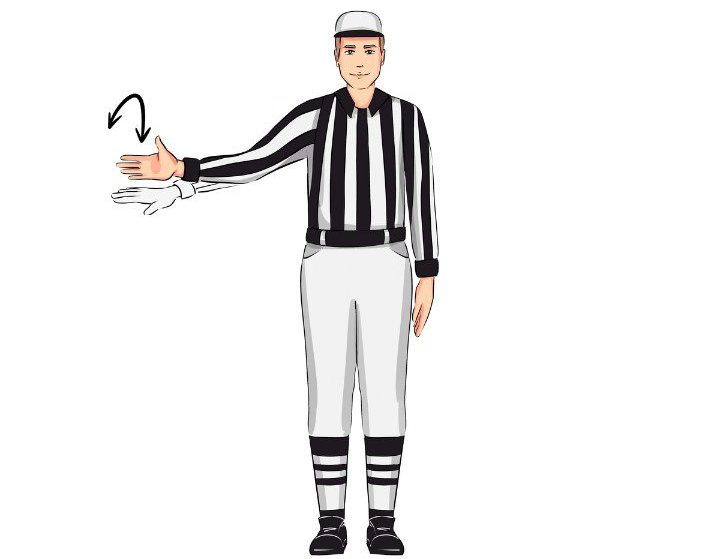
A carrying violation is named when a participant is dribbling the basketball and places their hand below it, then continues dribbling.
To sign a carry, the official will use one in every of their palms and flip it over from palm as much as palm down a number of instances.
4. 3-Second Violation
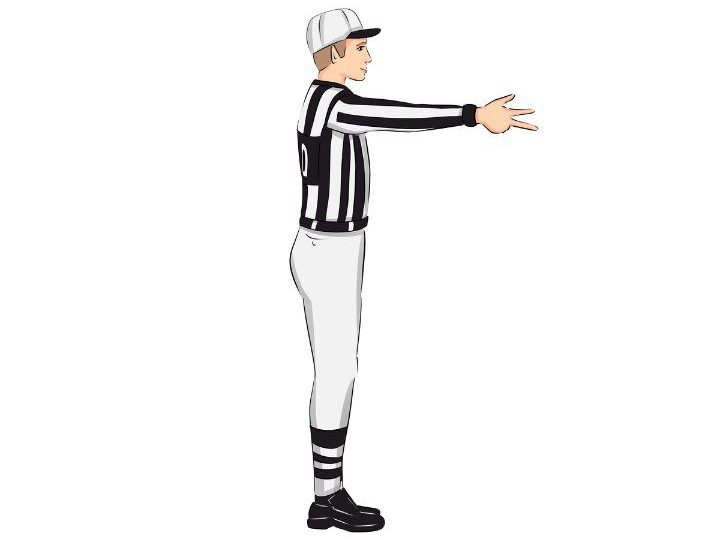
Gamers are solely allowed 3 seconds within the paint — a 12×16 toes space closest to the basket.
If a participant is within the paint for greater than 3 seconds, the referee will name a 3-second violation.
The referee will take three fingers, level them down at their facet, after which swipe their hand backwards and forwards to sign this violation.
5. 5-Second Violation
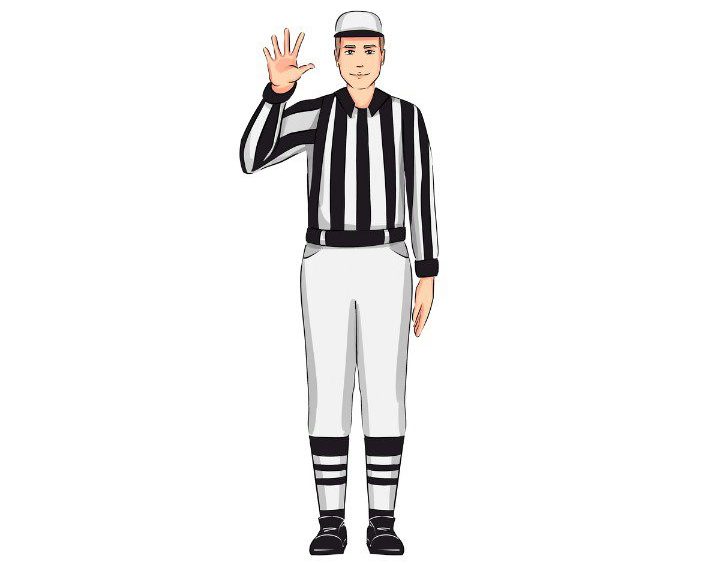
A crew has 5 seconds to throw the ball inbounds when they’re taking it out.
In the event that they take longer than 5 seconds, the referee will name a 5-second violation.
It is a easy sign, because the referee will use one in every of their palms and put 5 fingers within the air.
6. 8-Second Violation
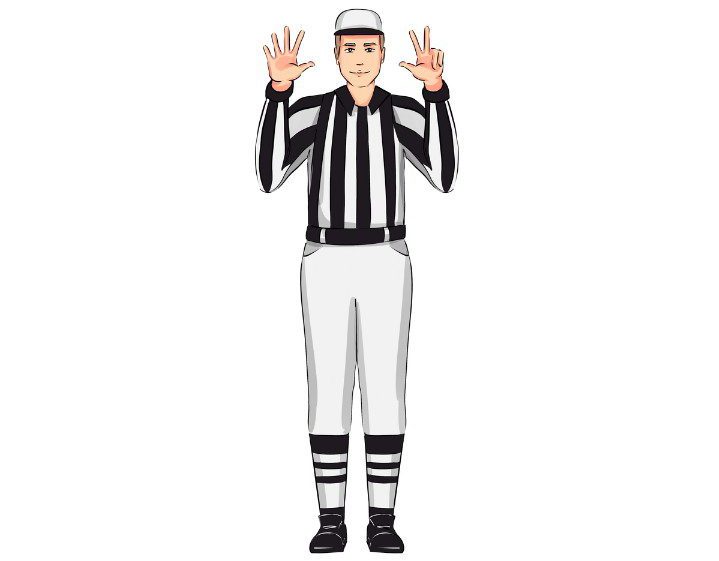
When a crew has the ball within the backcourt, they’ve 8 seconds to get the ball throughout the half-court line.
In the event that they take longer than the allotted 8 seconds, the referee calls a 8-second violation.
(many youthful leagues use 10 seconds as an alternative of 8)
The referee alerts this violation by placing eight fingers within the air.
7. 24-Second Violation
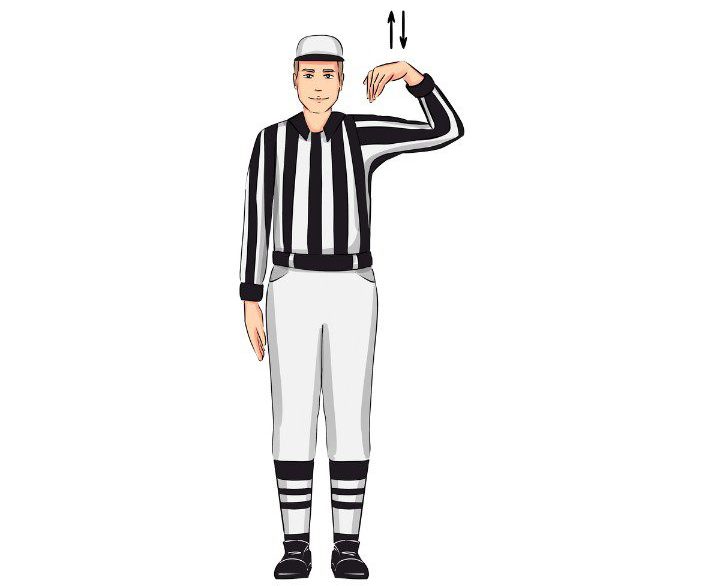
If taking part in in a league that makes use of a shot clock, groups may have 24 seconds to take a shot on every possession (some leagues use longer shot clocks).
If a crew fails to shoot inside this time, the referee will name a 24-second violation.
The referee will use one handed to faucet the highest of their shoulder on the identical arm.
8. Over-and-Again (Backcourt Violation)
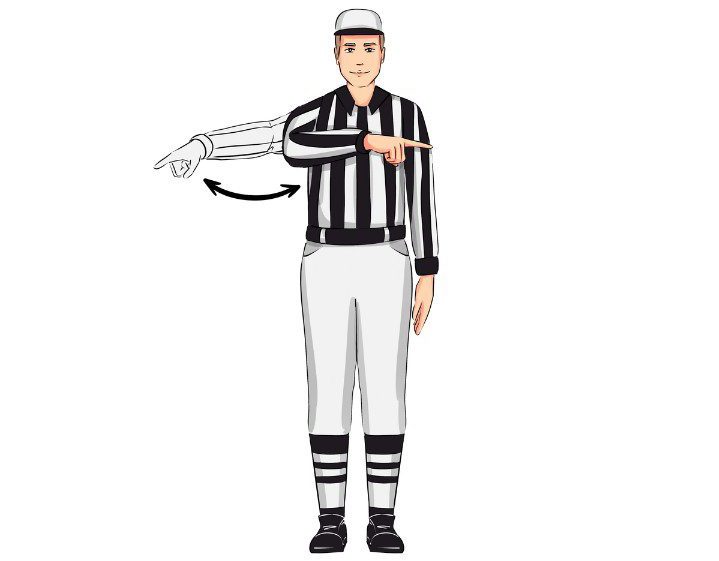
When a crew possesses the basketball within the entrance court docket, then a participant with the ball goes into the backcourt with out the protection touching it, an over-and-back violation happens.
The referee will place their hand out with their palm down and transfer it backwards and forwards back and forth like their hand goes over a line.
That is to sign {that a} participant went over the half court docket line and an over-and-back occurred.
9. Kicking
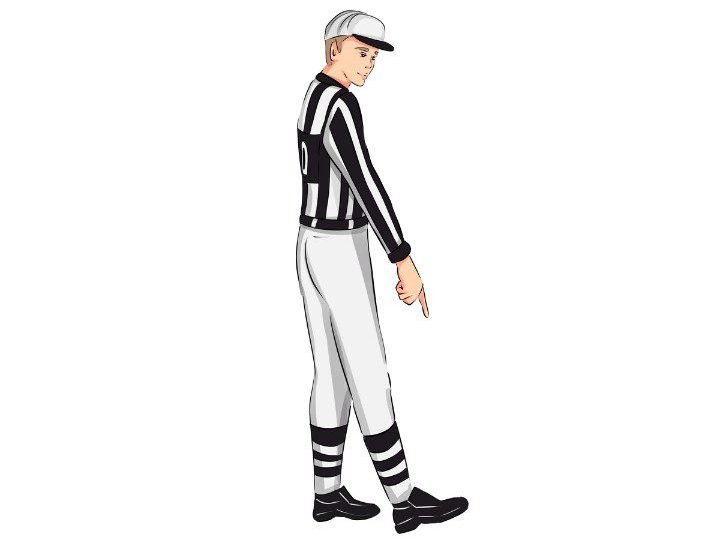
In basketball, a participant might not deliberately kick the basketball.
In the event that they do, the official will blow their whistle.
To sign a kick occurred, the referee will level at their foot.
10. Out of Bounds
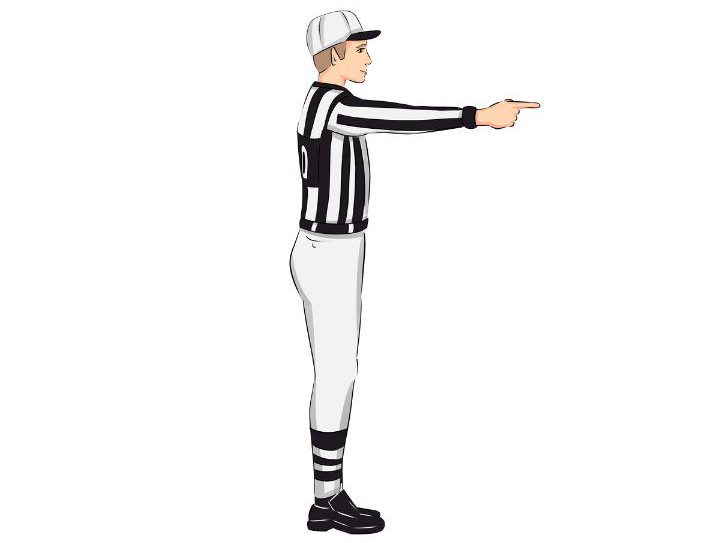
The ball is out of bounds when it touches a line that outlines the court docket or wherever exterior of these strains.
Additionally it is out of bounds if it touches a participant who’s standing exterior or on a line.
When the ball goes out of bounds, a referee will sign whose ball it’s by pointing towards the basket of the crew that can take possession.
11. Bounce Ball
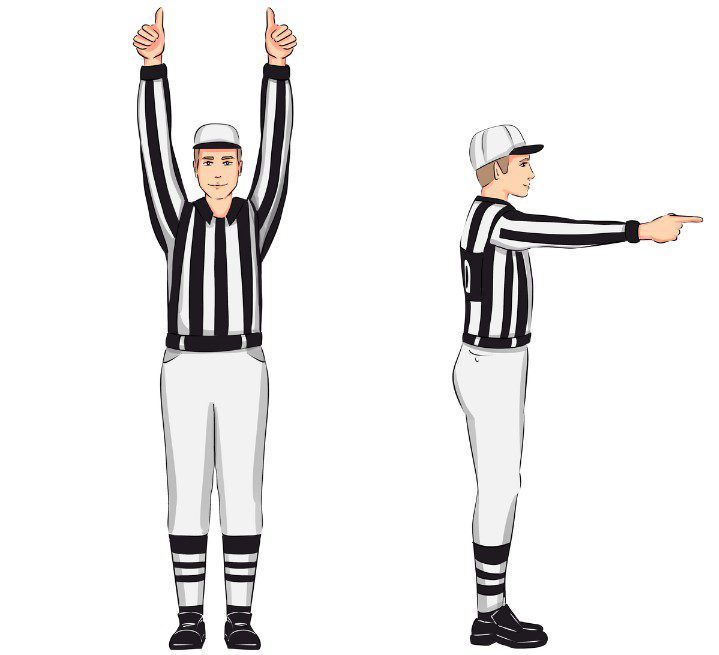
When gamers from each groups possess the basketball, a bounce ball is named.
The referee will give two thumbs up above their head to sign {that a} bounce ball has been known as.
Fouling Indicators:
When a foul happens, the very first thing a referee will do is blow their whistle and place a closed hand within the air.
The closed hand implies that a foul has occurred, which is completely different from the open hand, which alerts a violation.
After the foul happens, the official will sign what kind of foul it was.
They will even go to the scorer’s desk and inform the scorekeeper who the foul was on, and likewise do the sign for the kind of foul.
12. Blocking Foul
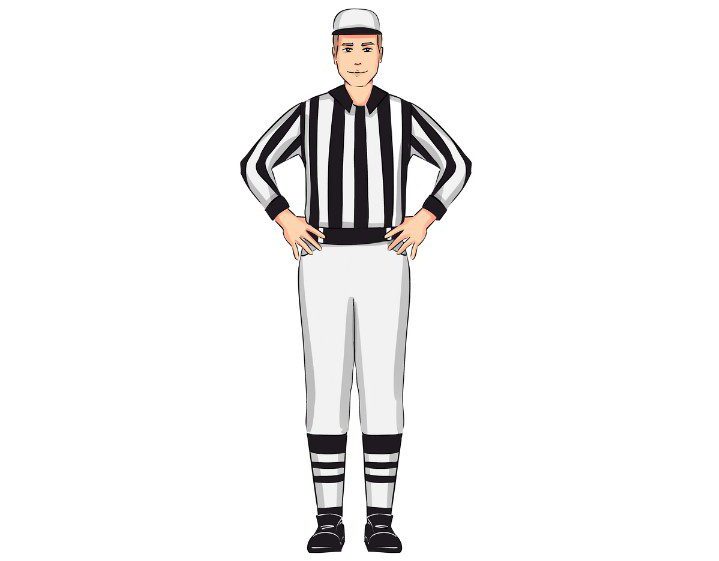
When a defensive participant doesn’t have a authorized guarding place and impedes the dribbler’s progress, a blocking foul happens.
The referee’s sign for blocking is inserting each palms on their hips.
13. Charging Foul
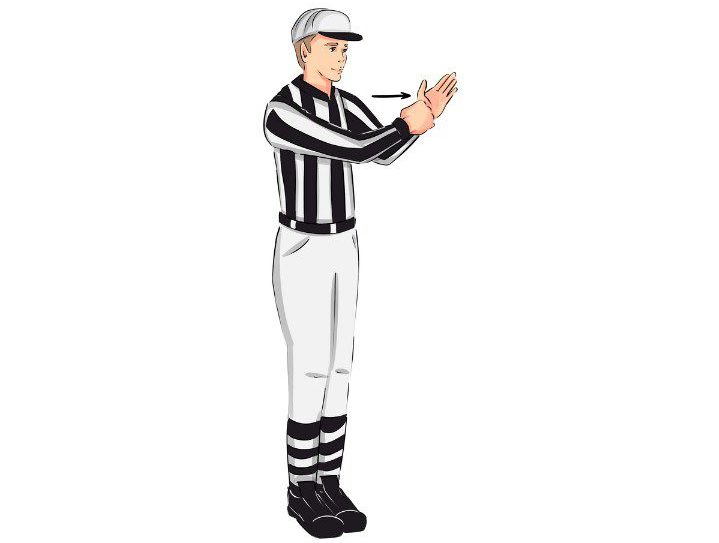
If the defensive participant is in a authorized guarding place and the offensive participant knocks them off of their spot, a charging foul is named.
That is additionally known as a player-control foul.
When the referee alerts a charging foul, they make a fist with one hand and “punch” the open palm of their different hand.
14. Hand-Checking Foul
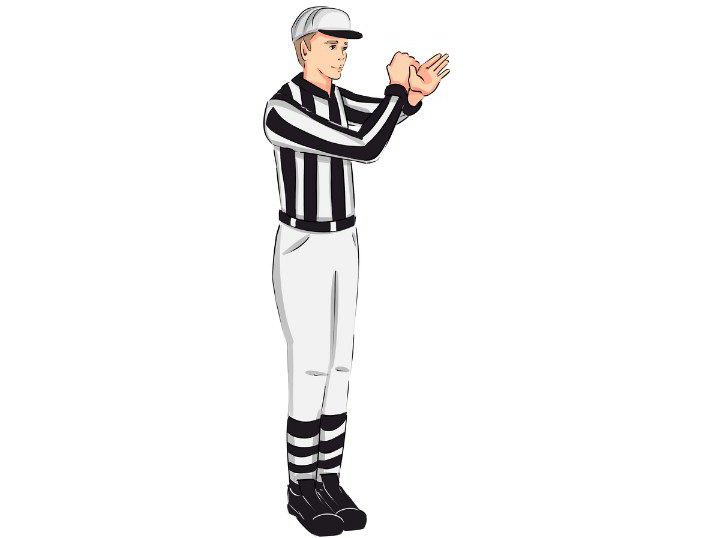
Defensive gamers aren’t allowed to restrict a ball-handler’s skill to maneuver with their palms.
If the defender does restrict the motion with their palms, a hand-checking foul is named.
For this sign, the referee will chop one hand throughout the alternative wrist.
15. Holding Foul
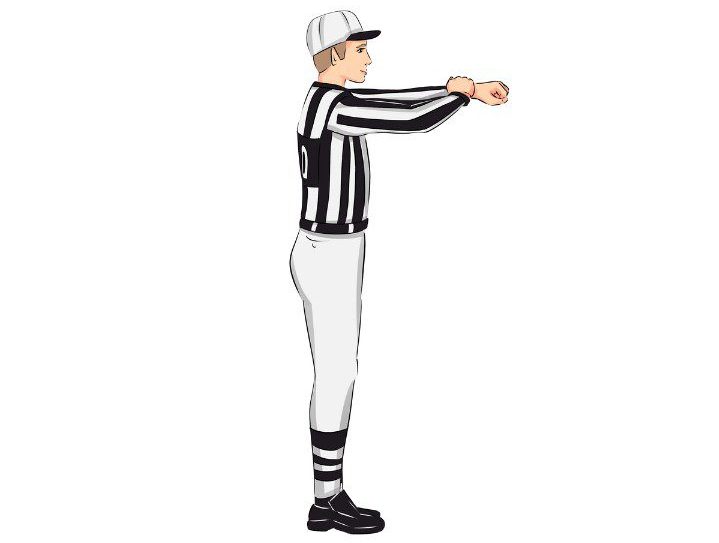
In basketball, you aren’t allowed to seize one other participant by the jersey or any of their physique elements.
If this occurs, a holding foul is named.
The ref’s sign for a holding foul is making a fist level with one hand, holding that arm out, after which “grabbing” the wrist with their different hand.
16. Pushing Foul
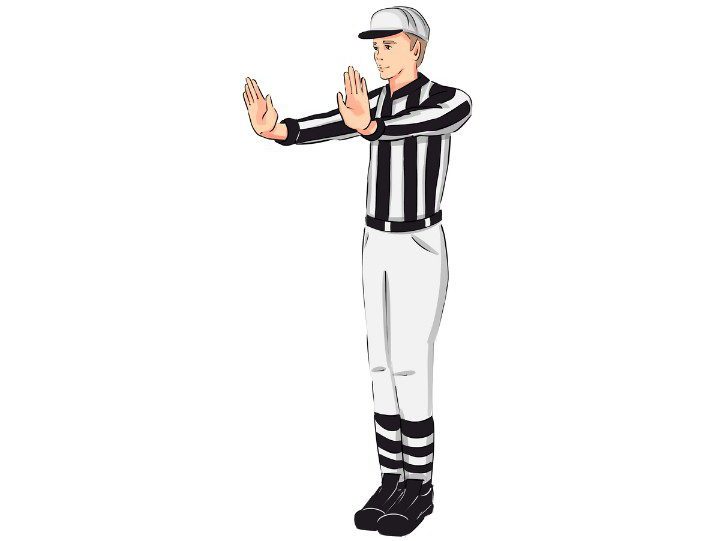
Gamers aren’t in a position to push their opponents in basketball.
If a ref sees a push, they’ll name a foul.
These fouls occur loads when two gamers are going after the identical rebound.
Actually, when an ‘over the again’ foul happens, you’ll sometimes see the referee name it a push.
The sign for pushing is placing two arms out and making a pushing movement with the palms.
17. Elbow Foul
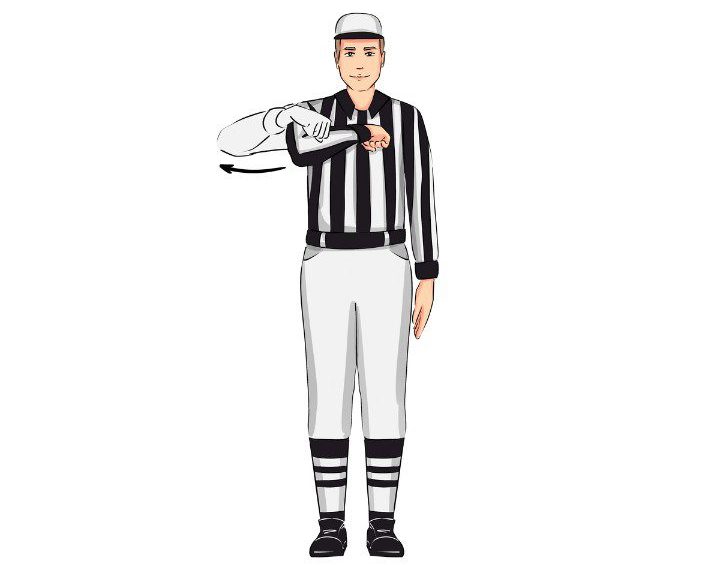
If a participant will get aggressive with their elbows and connects with an opponent, a foul will probably be known as.
Generally these fouls will be deemed flagrant and may end up in two photographs and the ball for the crew that received hit by the elbow.
The official will sign such a foul by swinging their elbow.
18. Intentional Foul
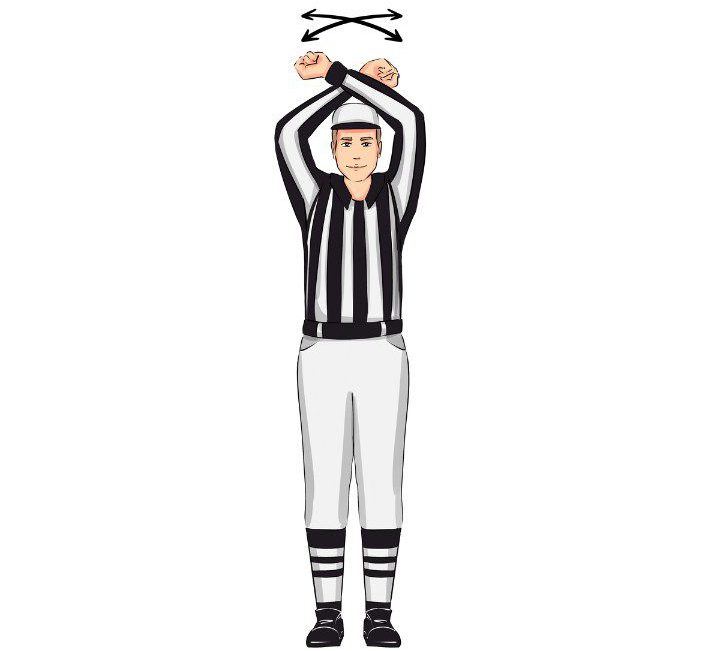
Over the course of the sport, fouls occur unintentionally quite a few instances.
Nevertheless, if the referee thinks a foul was carried out purposely or with malicious intent, they’ll name an intentional foul.
An intentional foul ends in two photographs for the offensive crew and the ball.
The sign for an intentional foul is placing each arms within the air and making an ‘X’ with them.
19. Technical Foul
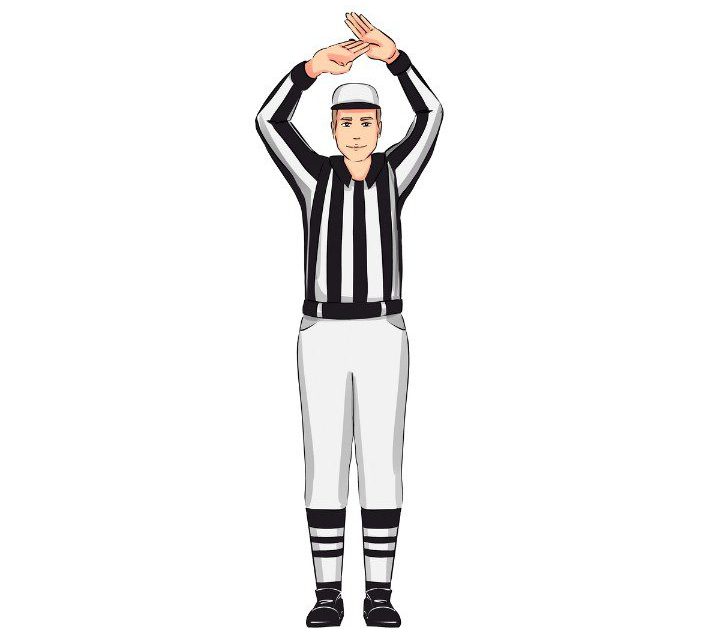
If referees really feel like a coach or a participant shouldn’t be conducting themselves correctly or having unsportsmanlike conduct, they’ll name a technical foul.
This foul additionally ends in two photographs, plus the basketball.
The sign for a technical foul is taking each palms and making the letter ‘T’ with them.
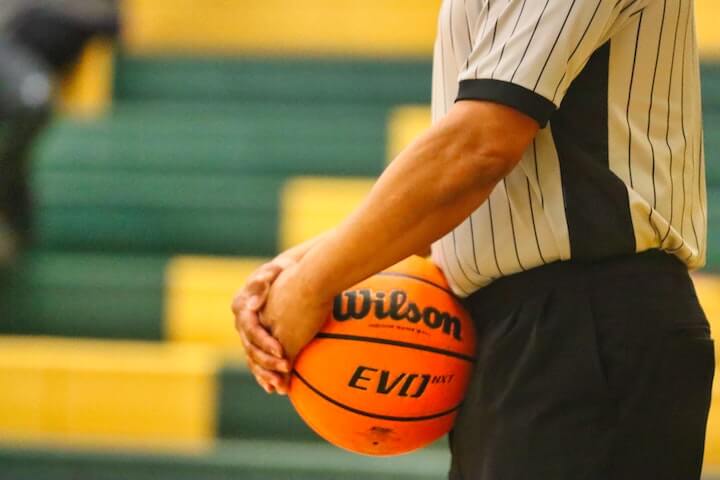
Different Hand Indicators to Know:
Generally referees will make alerts that don’t point out a violation or a foul has occurred.
These alerts will be discovered under.
20. Substitution
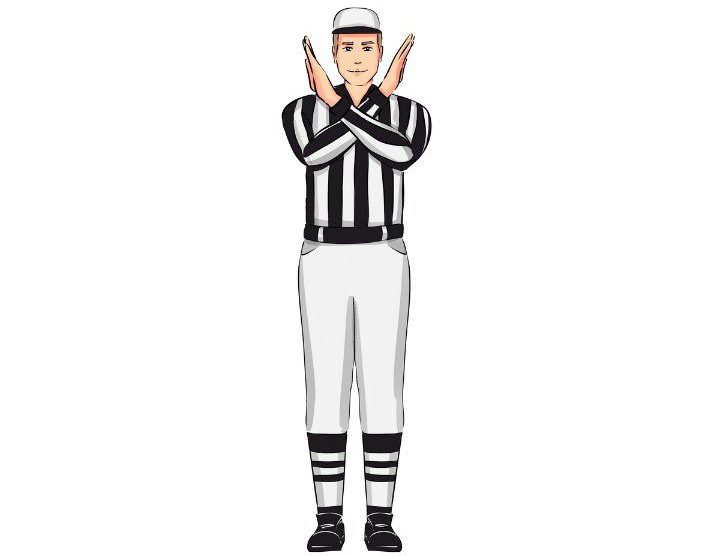
When groups needs to trade an on-court participant with somebody on the bench, the coach asks for a substitution.
On the subsequent useless ball, the referee alerts the substitution by making an “X” with their arms.
21. Begin the Clock
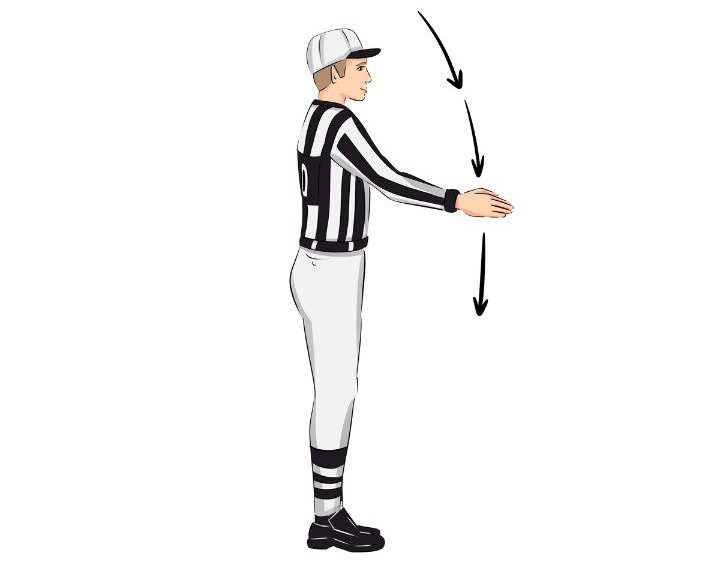
In basketball, there are numerous useless balls the place the clock is stopped.
The clock doesn’t begin once more till a participant on the ground touches it.
As an alternative of the timekeeper making a judgment of when to cease the clock, they search for a referee sign to start out. The ref may have their hand within the air till it’s time to start out the clock.
As soon as that point has come, the referee will drop their arm down and the time will begin.
22. Three-Level Try
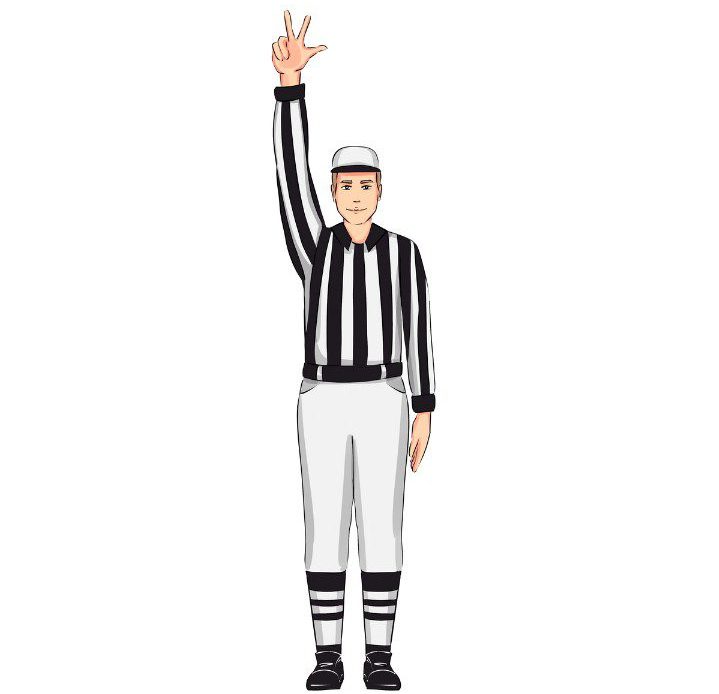
When a participant makes an attempt a three-pointer, the referee has a sign to point out that.
They are going to put one arm straight up within the air to sign a three-point shot is being tried.
23. Three-Level Make
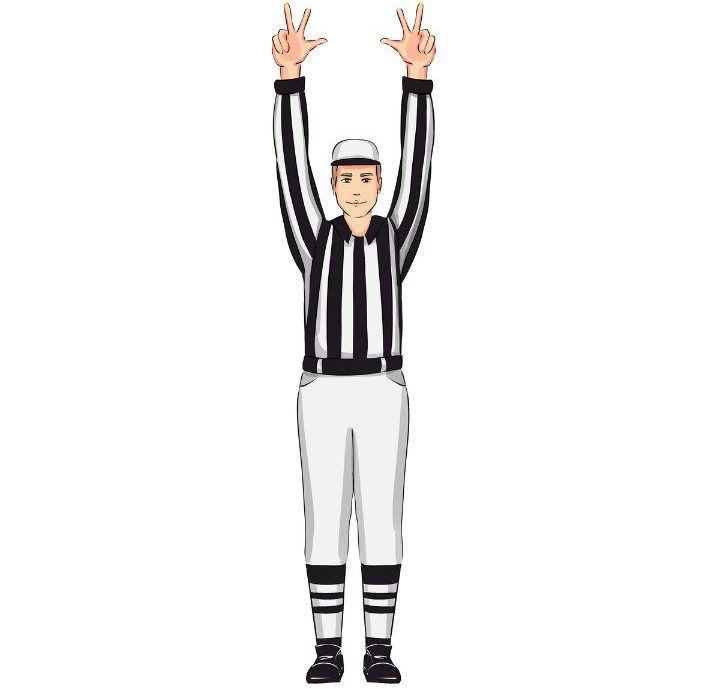
If the three-point try is made, the official has one other sign for that.
They are going to take each of their arms and place them straight into the air.
24. No Basket
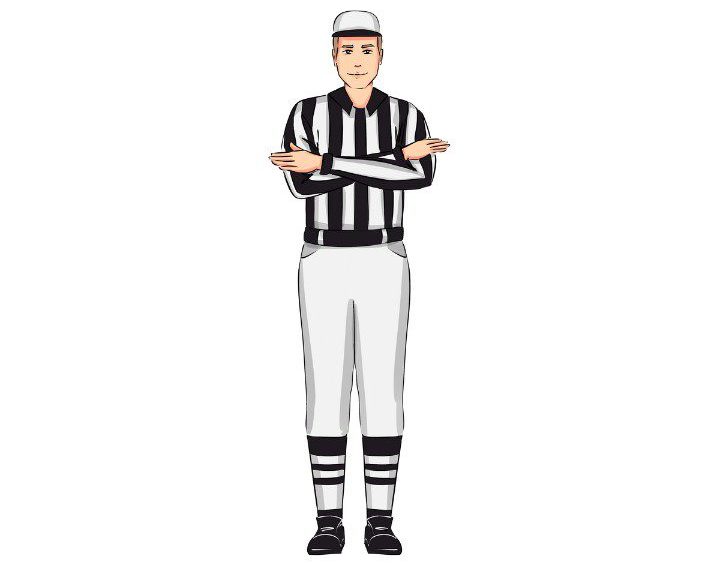
Generally photographs are taken which are instantly after a foul is named or the time has expired.
The official will sign the shot doesn’t rely by waving and crossing their arms out in entrance of them.
25. Timeout
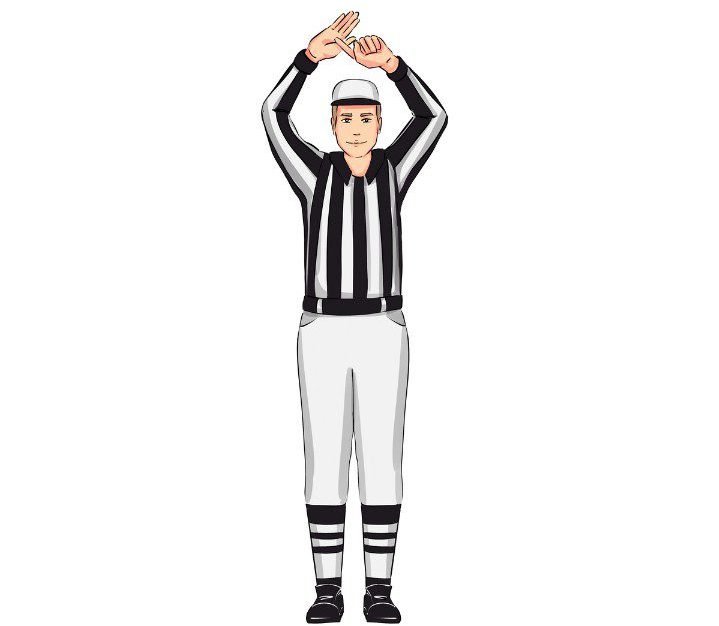
The opposite kind of timeout is a full timeout.
The sign for that is to stay each arms straight out to the facet with fists being made.
Conclusion
As you may see, there are various basketball referee alerts in a sport.
It is essential for referees, coaches, gamers, and followers to know every of them.
The subsequent time you go to a sport, watch how the referees use completely different hand alerts all through the course of the sport.
[ad_2]
Source_link




